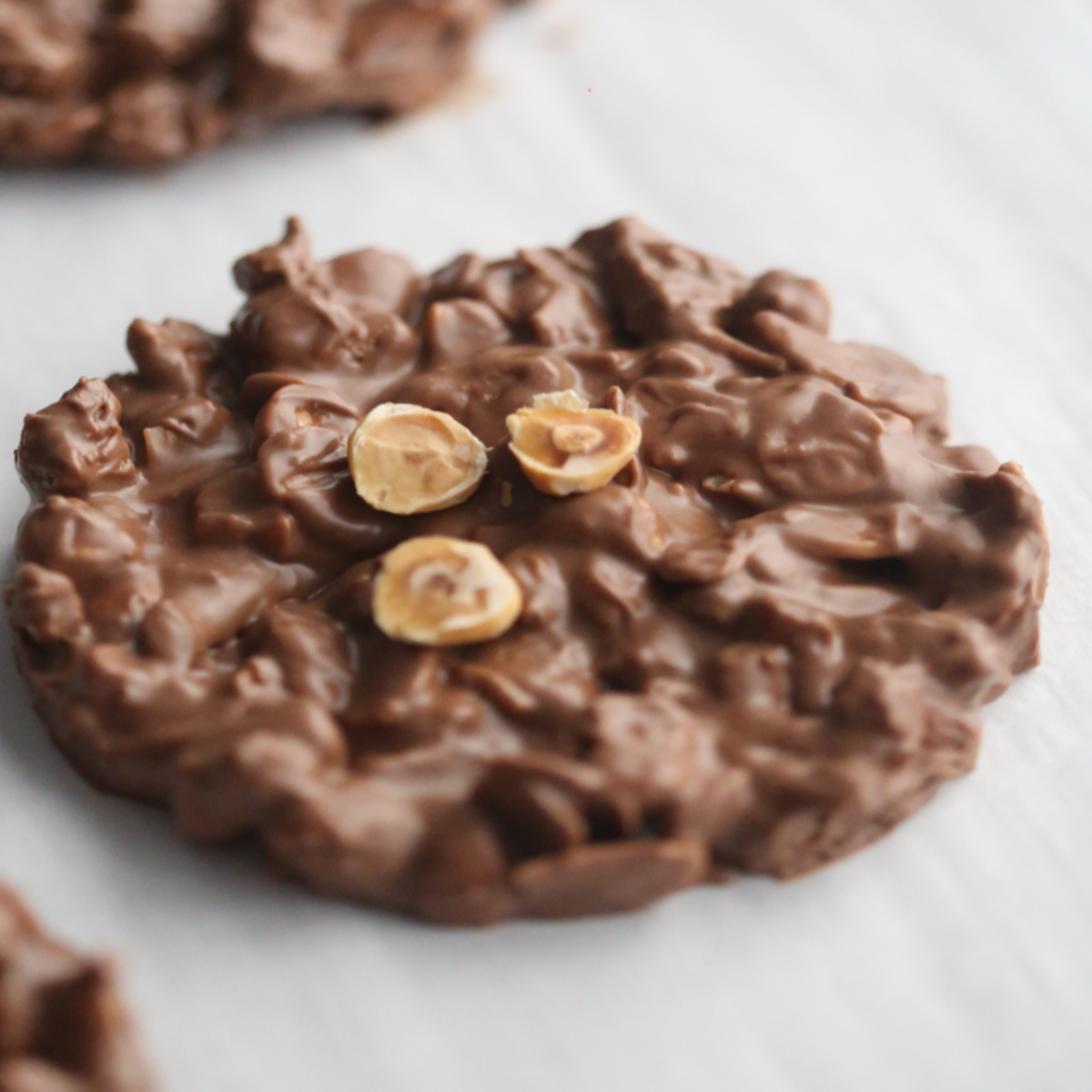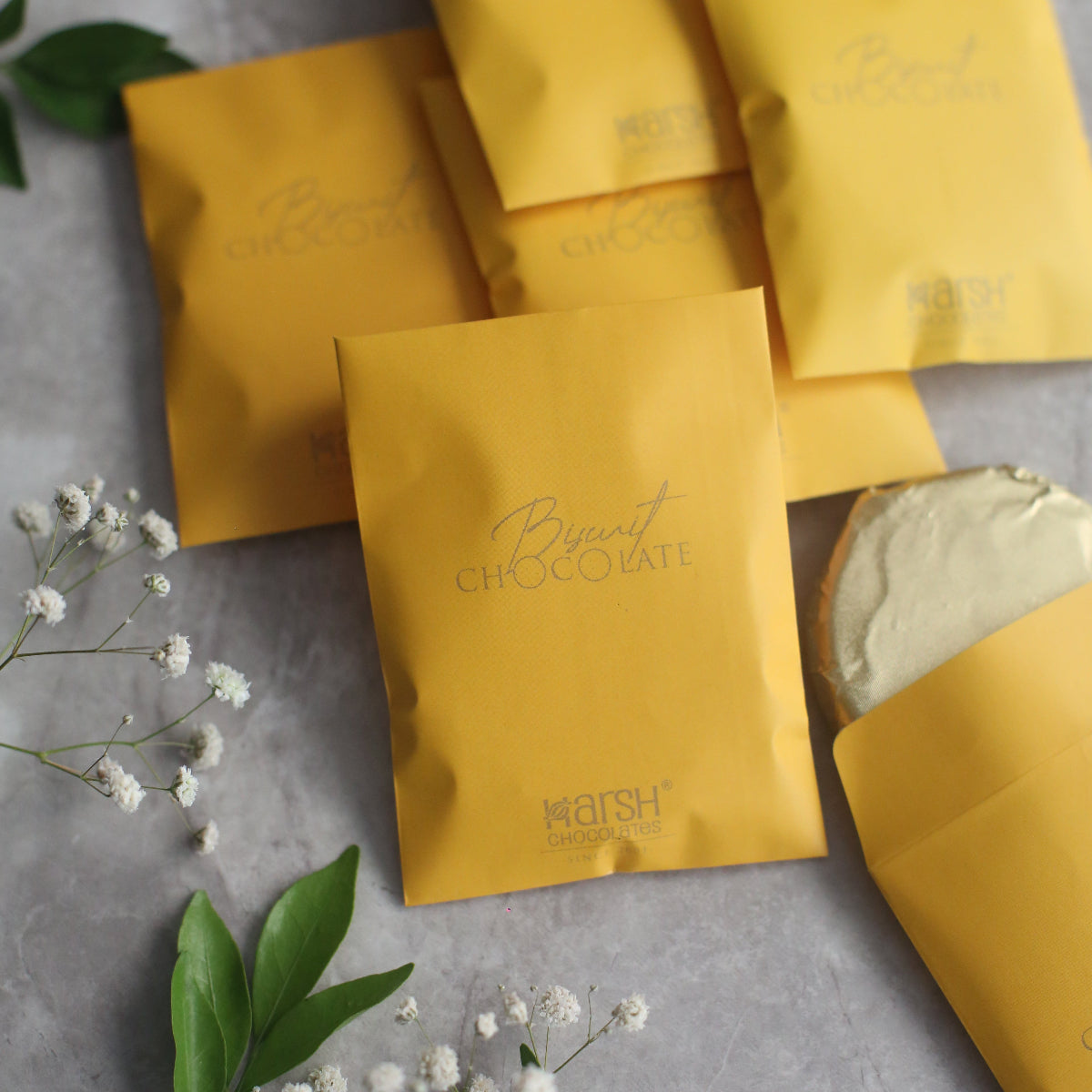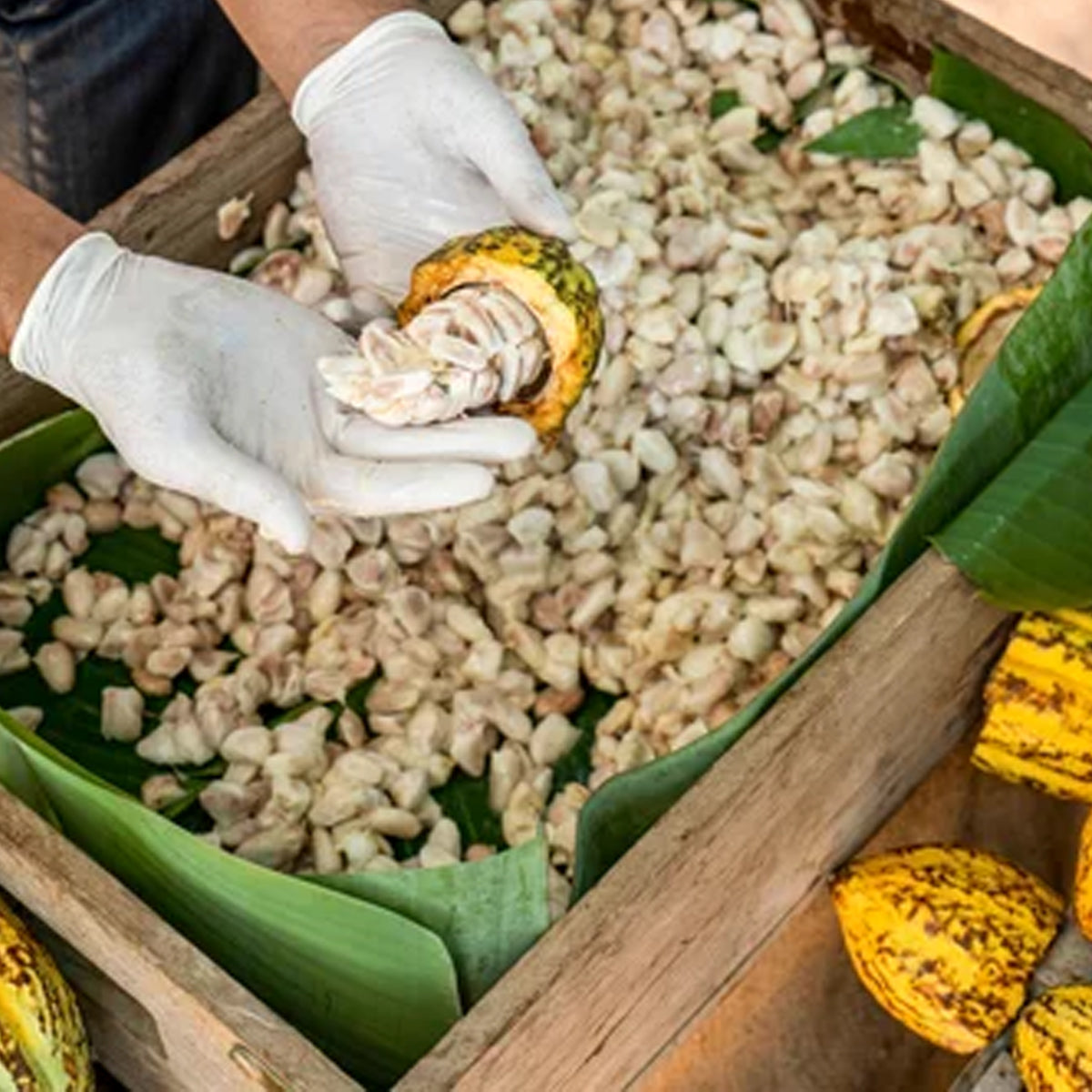Chocolates are one of mans best creations ever. Cocoa, the key ingredient in Chocolate has a history which goes back to 5300 Years. It was called the food of gods and was used as a currency. Today, more than 70% of cocoa is cultivated in west Africa. There are 3 varieties of Cocoa, Forastero, Criollo, and Trinitario. Forastera is the most widely available variety. Criollo is rare and considered a delicacy. Since its Prone to a lot of diseases its not so widely cultivated. The trinitario is a hybrid of Forastero and Criollo. Trinitario is Now cultivated widely and considered better than Forastero. Its also resistant to pest and diseases.
Though Cocoa is one of the Most widely cultivated crop and one of the few foods which is considered a delicacy, Yet widely available, farmers who cultivate Cocoa aren’t usually getting what they deserve. Cocoa farmers in african countries earn $1 or less per day, less than a decent bar of chocolate for an entire days work! Workers in Cote De Ivoire earn 96 Cents per day for their work. Ghana , Another producer of Cocoa Makes $1 Per day.
In India, Cocoa is not widely cultivated. India stands 16th in the total cocoa production and produces 19000 Tonnes of Cocoa Per year. Ivory Coast, the largest producer of Cocoa produces more than 2 million tonnes per year. The gap is Huge when it comes to production of cocoa. Yet, one third of the cocoa requirements of Cadbury india is fulfilled locally. Indian Cocoa is also considered one of the best in terms of quality.
https://www.amrafarms.com/cocoa-cultivation-farming-in-india.html
ref article
Even though there is a demand for the produce, Cocoa bean cultivation is still to take a leap. Most of the Cocoa cultivation in India happens in Andhra Pradesh and Kerala accounting for nearly 80% of the total produce. Indian Farmers are also getting a better price than what most other countries in Africa get. Cocoa crop, intercropped with coconut plantation has been known to increase overall income by Rs.30,000 to Rs.60,000 every year. With Better Quality produce, Many manufacturers are encouraging farmers to cultivate cocoa.
Cocoa Plants are grown primarily in Andhra Pradesh and Kerala. Farmers in Tamil Nadu and Karnataka are taking up cocoa cultivation slowly. Cocoa Requires a particular temperature and weather condition. The optimum temperature should be between 20 and 35 Degree with dry spell of not more than 2 months and a rainfall of at least 1500-2000 mm annually. This is one reason why Most other States like UP (Uttar Pradesh) , Madhya Pradesh, Rajasthan, gujarat, Maharashtra and Northern States of india do not prefer to cultivate Cocoa. Weather in Uttar pradesh and other central indian regions could go Below 20 degree in winter and above 40 in Summers.
Cocoa Trees just don’t grow anywhere in india. southern india is well suited for Cocoa cultivation. From Goa to Kerala in the west and Andhra, Telangana to Tamilnadu in the east. This raises the question of growing cocoa in a greenhouse in areas like Rajasthan and Uttar pradesh. While its theoretically possible, its not feasible. At the end of the day most farmers are looking for minimal work and higher profit. While growing Cocoa in a greenhouse is possible, its not commercially feasible. The cost involved is much higher than the returns. If you want to grow cocoa for a hobby, you can grow them indoors too but the yield is much lesser and you shouldn’t expect too much from the plant itself. Moreover the maintenance of the plant is much higher.
Cocoa Farming
Cocoa plants are true to seed. The Forastero and Criollo Varieties of plants take a bit more time than the Trinitario Variety. Thee trinitario varieties are the most preferred as they start fruit production in 3 years time and some a bit lesser.
Cocoa plants are Germinated in trays and then transplanted to the field when the plant is around 2 feet or 4-6 months old. An optimum shade of 30% is recommended for good yield. Too much shade will decrease yield in cocoa and lesser shades is not suitable for cocoa in general. Cocoa trees are found among huge trees naturally in the wild. Its a forest fruit and an environment which is similar is suitable. This makes the cocoa plantation well suited for intercropping with coconuts (an abundant crop in KErala) . Intercropping should be done with care. For instance incorporating Cocoa with Mango will not be beneficial for the cocoa plantation as Yield reduces with excessive shade.
Cocoa Plants are intercropped commonly with Coconut, Arecanut and Oil Palm in Southern india. A distance of 3 meters is recommended from plant to plant. The plant requires 1.5 meter space to grow on each side. If intercropping, Which is highly recommended, Space should be allowed between the other crop and cocoa plant. Since the Cocoa Tree has tap roots which go up to 1.5 meters deep, it does not affect coconut , areca palm or other trees which have fibrous roots.
Cocoa Trees grow to be up to 25 feet tall under proper care and nutrition. The trees are often pruned and maintained to increase branching and promote growth.
Fertilizers for the first year include Urea , Muriate of Potash and Rock Phosphate at the rate of 70 Grams each. The second year needs to double the quantity and the third year onwards apply 200 Grams each. Maintenance of the plant is minimal and occasional pruning is all that is recommended. Irrigation during the dry spells is required. During peak summer , irrigation once in a week is required. Water soluble NPK is recommended from the fifth year when the first fruits start.
Cocoa Plants start producing fruits from the 5th year. Hybrid Cocoa plants are known to produce fruits from the 3rd year itself. From the 5th year to the 15th year is the peak production stage of cocoa plants. Though the plants live for several more decades, the yield will reduce over the years from the 15th year.
Cocoa pods take up to 170 days from pollination to fully matured fruit. Fertilizers and irrigation during this period is crucial. Cocoa Produces fruits twice a year. The cycle begins in January and february with flower setting. Fruit setting and development takes 3 months harvesting will happen in the 5th month and the 6th month while flowering for the second season will commence simultaneously. The cycle continues through the second half of the year.
Cocoa trees produce 50,000 To 100,000 flowers but only 10% of the flowers will convert to fruit. In these only 60-80 fruits will mature to full stage per tree every Year . An average of 1.5 Kg beans can be obtained per tree. A total yield of 300 KG Cocoa Bean is cultivated per acre. On the contrary , hybrid cocoa plants are high yielding and can produce up to 1500 KG dry bean per acre. Hybrid plants also start fruiting in 2 years.
Propagation of cocoa Plants
Cocoa plants are propagated from seeds. The seeds are germinated when the fruits are ripe and within a week from plucking. If the fruits are older than a week from picking, the germination rates deteriorate rapidly. The seeds or cocoa beans germinate in 15 days. The plants are to be moved to a larger container which will accommodate it for 4-5 months. The plants need to be 4-5 month old before they are transplanted to the field. Cocoa plants can also be grafted or air layered. These techniques are better as they are faster in yield. Grafted plants can start bearing fruits in 2 years time as opposed to 5 years when germinated from seed.
Cocoa Processing
Cocoa fruits are tasty, sweet and have a specific flavour and smell. The smell is alike to litchi and the flavour is a bit melony. The fruits were used to make a liquor in ancient times. Today, the fruits are rarely consumed. Cocoa is cultivated for its seeds , commonly called the cocoa bean. The bean can be eaten straight from the pod but they taste like Dark chocolate with little to no sugar and is a bit waxy. Though its safte to consume cacao bean, its not palatable.
The cocoa seeds which are cultivated are first fermented for the fruit to deteriorate. The fermentation process consists of collecting the bean with the fruit and leaving it in a wooden barrel or container for 2-3 days. The water content in the fruit will ooze out. Once the fruit is almost out, the beans are washed and then dried. The Cocoa bean are best dried in sun rather than in any machinery. When the moisture content is less than 10% (optimal is 8%) the bean are packed in gunny or jute bag and prepared for transportation.
Cocoa beans are sold to chocolate companies and factories. In india, 80% of the cocoa produced is purchased by Cadbury. 1/3rd of the company’s cocoa requirement is fulfilled locally in india. The remaining is purchased from African countries. The cocoa industry is a 44 Billion dollar industry but the farmers are not those who benefit from the produce. With a market size of 112 Million in Rs, India is a fast emerging Cocoa producer in the world. Farmers are slowly, yet reluctantly getting into the cocoa cultivation industry. Unfortunately, cooca purchasers are Big and very limited. With limited competition, the prices are almost always fixed a lot lower. Government initiatives to promote cocoa is also limited.
Unlike many other horticulture crops, cocoa is rarely sold in the open market. While You can grow your own cocoa plant, these plants end up being ornamental. The fruits are rarely consumed and the bean almost never processed. Growing your own cocoa plant is just a hobby for some people who want to show off a variety of plants on their farm. There is no commercial value unless you have at least an acre of cocoa plantation.
How do you know when cacao fruit is ripe?
Cocoa can be determined if they are ripe by the color. Forastero Cocoa is initially green and turns Yellow when ripe. With Criollo, the Cocoa is reddish maroon initially but will turn yellow when ripe. Pods are also bigger. Cocoa pods, when ripe are usually attacked by squirrels. You will have to pick the pods when they are ripe and right away. Waiting for a bit longer will only result in the Squirrels nibbling on them.





